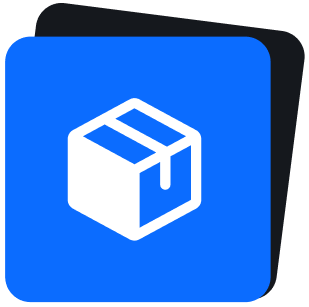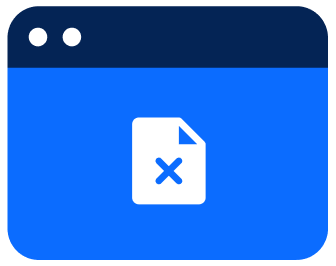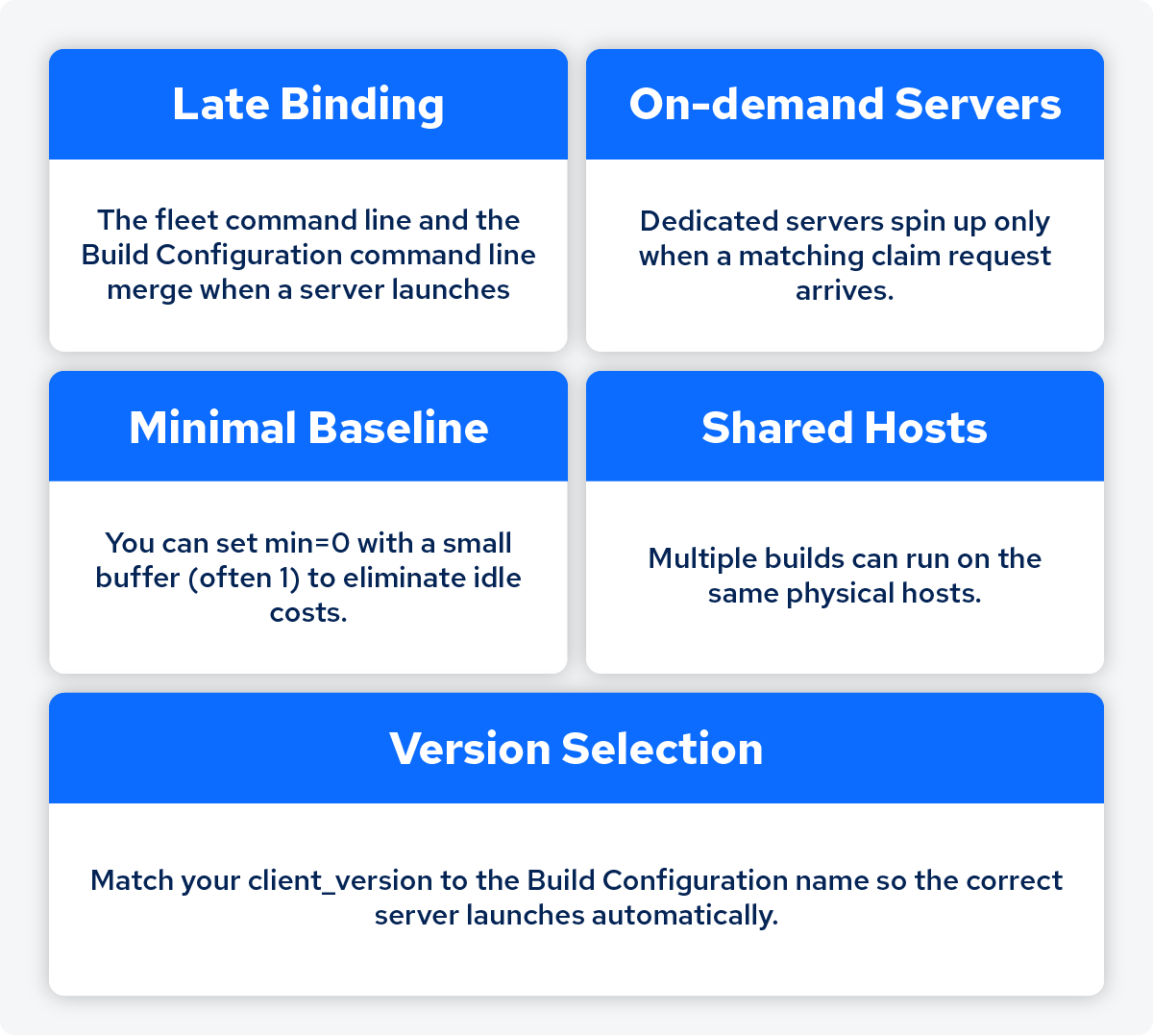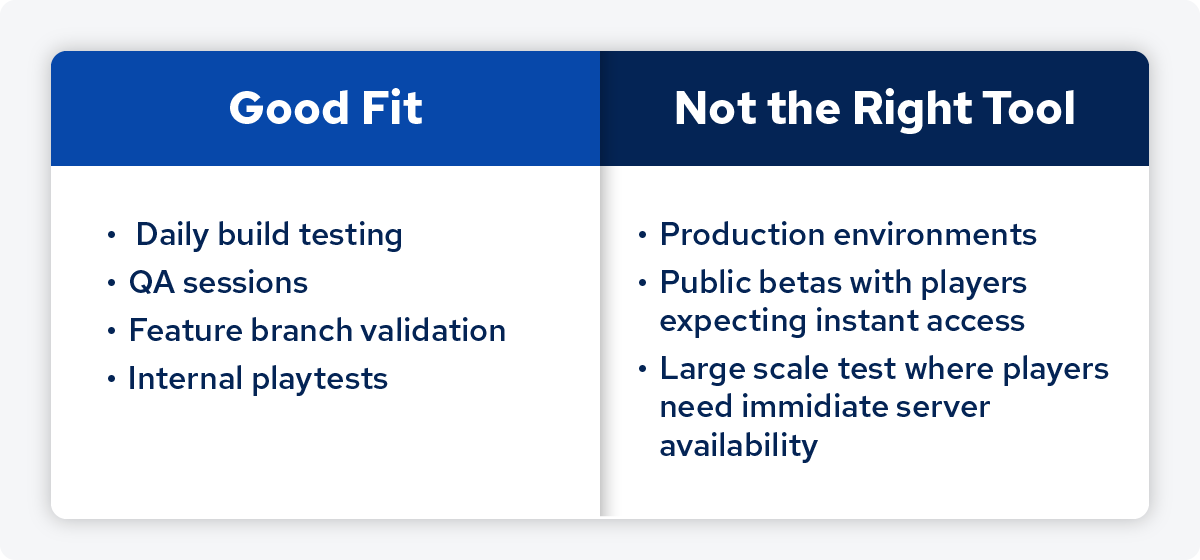Getting Started
Introduction to AccelByte Gaming Services (AGS)

Backend Services
Skip boring dev work with plug-and-play systems for 80% of your game’s backend

Backend Customization
Build 20% of the backend that makes your game unique without managing it

Server Orchestration
Automate spinning up and scaling servers globally for smooth, low-latency sessions

Build Distribution
Deliver builds faster to testers worldwide so you can ship multiple times a day

Crash Reporting
Catch and fix bugs before players see with real-time crash data and full context

Tools & Utilities
Monitor gameplay, test your setup, and tweak your game without juggling external tools
Introduction to AccelByte Gaming Services (AGS)
Learn to use AGS with our demo game "Byte Wars"
Connect and get support with other members of the AccelByte Community
Submit and review tickets while directly connecting with AccelByte
Join our Discord for support, insights, and networking!

Most studios run development servers the same way they run production: always on, always billing, always expensive. But development work is different. You're testing branches, trying new builds, and running QA sessions that only need servers for a few hours at a time.
AccelByte Development fleets solve this by scaling down when idle and spinning up on demand. One shared server pool can serve every branch and build configuration you're testing. No more paying for capacity you're not using.
Dev fleets use late binding instead of baking everything into the fleet upfront.
That means, the fleet defines the infrastructure (instance types, regions, scaling rules). Build configurations define what runs on that infrastructure (game version, server arguments, maps). When you request a server, the system combines them at claim time.
This lets you:

Traditional development servers are expensive and inflexible. Studios provision for peak testing capacity and pay 24/7, even though most testing happens during business hours. A typical studio uses development servers 30-40 hrs per week but pays for 168 hrs per week. Development fleets solve this by:
Example: 50 servers at $0.50/hour running 24/7 costs $18,000/month. The same capacity scaled to actual usage (40 hours/week average) costs $4,000/month.
Use development fleets when you're iterating frequently but don't need instant server availability around the clock. For other scenarios, standard fleets with pre-warmed servers still make more sense. Examples include:
 How AccelByte Makes Development Fleets Better
How AccelByte Makes Development Fleets BetterAccelByte’s server orchestration platform makes development fleets far more impactful, turning them into a real driver of faster iteration and lower spend. Here’s how:
CI/CD Integration for Build Configurations
Connect your build pipeline directly to fleet configuration. When your CI system produces a new build, it can automatically create or update a build configuration. Your QA team can start testing new branches without waiting for DevOps to provision servers.
Automated Capacity Management
The platform handles host allocation, monitors usage patterns, and adjusts buffer sizes automatically. You see exactly what you're spending and why, without manually tracking instance hours across different configurations.
Smart Hibernation with Auto Wake‑Up
Configure how long the fleet waits during periods of inactivity before hibernating. Once the timeout is reached, servers scale to zero. When claims arrive, capacity spins back up automatically. This naturally follows your team's testing schedule without manual intervention.
Hybrid Fleet Setup
We uniquely support hybrid setups where you can run development and production fleets in the same orchestration system. This enables:
- Flexible routing: Send playtests to production infrastructure while keeping experimental builds on development fleets.
- Automatic fallback: Testers always get a server whether the dedicated fleet for their build is running or not. No need to track which fleets are active or manually switch between them.
- Unified management: Control everything through one system instead of maintaining separate tooling for different fleet types.
The development phase is where you validate ideas and refine gameplay. Your server infrastructure should support rapid iteration, not slow it down.
Check out the documentation to create your first development fleet, or contact our team for a walkthrough of how this works with your existing setup.
Reach out to the AccelByte team to learn more.